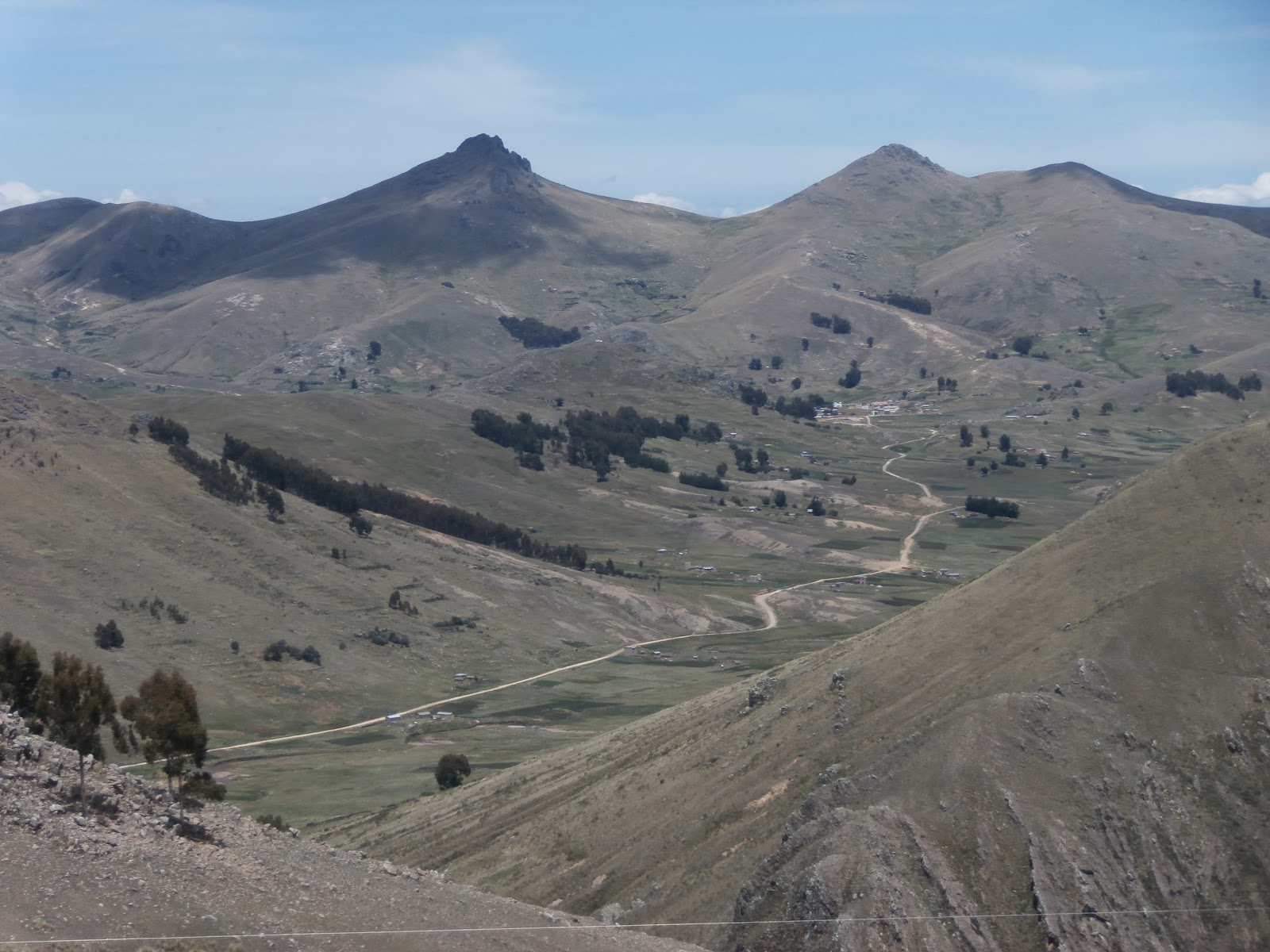The road between El Estrecha de Tequina and Copacabana on Lake Titicaca has been ashphalted from 1999. Before that it was a rough track passable by jeep and before that it was a route for only campesinos walking sure footedly on land that they knew, leading loaded donkeys from the straits of Tequina to Copacabana in the hope of selling their fish or the produce of their fields. The road cuts in to an expanse of mountain softened by vegetation that is precisely the colour of the back of a leaf of sage.
The announcements and proclamations made about Lake Titicaca are absolutely true. It is not like any other lake. It is a place of mystic power. The highest navigable lake in the world. It sparkles crystalline. Unpolluted on the Bolivian side unlike the shores in Peru. It is a place so light filled, one can understand why the Aymara believe the Sun was born here, and the Incas believed it was the birth place of civilisation.
The Aymara are subsistence farmers, they depend on the land. The deluge of recent rain has uprooted crops placing their valued self sufficiency in peril. I arrived on the day land grants were being provided as compensation. These grants were given by a government run by an indigenous president, raised on the land within a family of campesinos. Perhaps that is why the grants were given, and perhaps that is why they were accepted.






No comments:
Post a Comment